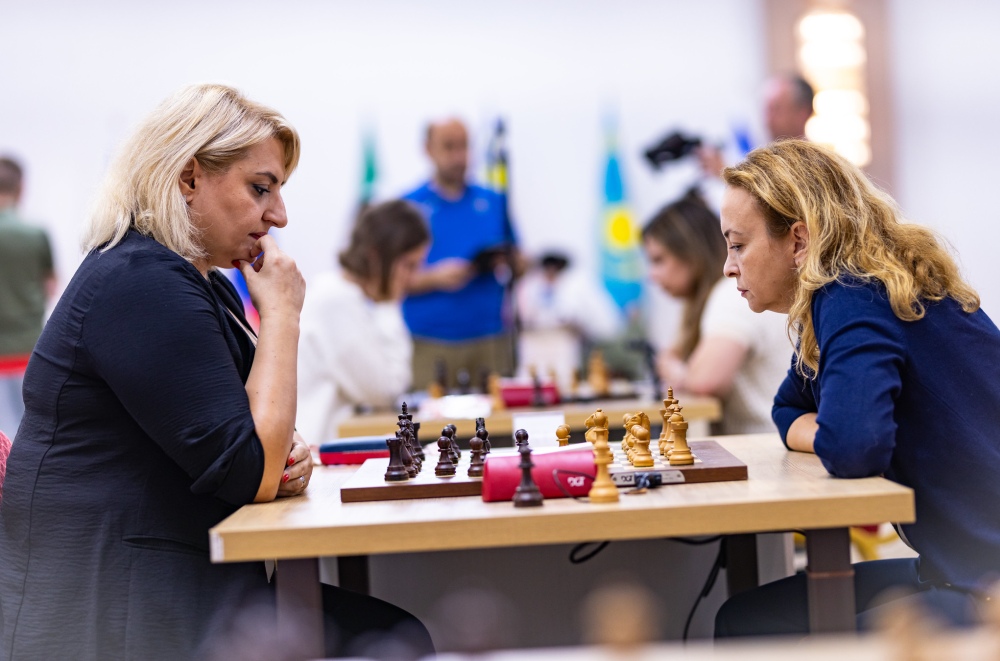The FIDE Women`s Chess World Cup 2025 has officially commenced in the scenic city of Batumi, Georgia. This event is far more than just a standard tournament; it represents a high-stakes knockout competition featuring 107 of the world`s leading female chess players. Over the next three weeks, these competitors will battle intensely, aiming for the prestigious title and, crucially, qualification spots for the next Women`s Candidates Tournament. The event is scheduled to run until the finals conclude between July 26th and 28th.
The Stakes: Title and Candidates Spots
While becoming the FIDE Women`s World Cup winner is a significant accomplishment, the primary objective for many players is securing one of the three available berths in the 2026 FIDE Women`s Candidates Tournament. The Candidates is the penultimate event on the path to the Women`s World Championship, where the winner earns the right to challenge the reigning World Champion, Ju Wenjun. Effectively, this World Cup is the gateway for three players seeking the ultimate challenge in women`s chess. Beyond the competitive goals, the tournament boasts a substantial total prize fund of $691,250, with the winner receiving $50,000.
Leading the Charge: Contenders in Batumi
The field is packed with talent, making predicting a winner a complex task. The top three seeds hail from China: Lei Tingjie, Zhu Jiner, and former World Champion Tan Zhongyi. Alexandra Goryachkina, the defending champion from the 2023 World Cup in Baku, is also participating. Notably, Goryachkina has already qualified for the Candidates through the FIDE Women`s Grand Prix series, meaning if she finishes in the top three here, her spot could potentially be passed down to the fourth-placed player. India`s top player, Koneru Humpy, seeded fourth, is expected to be a strong contender, arriving with solid recent performances. Ukraine`s Anna Muzychuk, who recently won the women`s section at Norway Chess, is another prominent name to watch.
India`s Ambitious Contingent
India has sent a formidable team of nine players to compete in Batumi, representing a significant national presence. The challenge is spearheaded by Koneru Humpy. Alongside her, three other strong Indian players – Harika Dronavalli (seeded 10th), Vaishali Rameshbabu (seeded 11th), and the rapidly rising Divya Deshmukh (seeded 15th) – benefit from byes in the first round, entering the competition later. The rest of the Indian squad includes Vantika Agrawal, Padmini Rout, PV Nandhidhaa, Priyanka K, and Kiran Manisha Mohanty. In the previous World Cup in 2023, Harika Dronavalli had the strongest showing among the Indians, reaching the quarter-finals. This year presents challenging potential matchups in later rounds; Divya Deshmukh might face former World Champion Tan Zhongyi in the fourth round, Vaishali Rameshbabu could potentially meet defending champion Alexandra Goryachkina, and Koneru Humpy is projected to clash with the experienced Swiss Grandmaster Alexandra Kosteniuk. The path to the top is certainly demanding for the Indian players.
Tournament Structure: The Knockout Gauntlet
The World Cup features a pure knockout format across six rounds leading up to the final match. This means that any loss results in elimination – a true test of nerves and consistency. With 107 players, the top 21 seeds are granted a bye in the initial round, proceeding directly to the second round. Matches are initially decided over two classical games. The time control for these games is 90 minutes for the first 40 moves, followed by an additional 30 minutes for the rest of the game, with a 30-second increment added per move from the start.
If a match remains tied after the two classical games, a series of tie-breaks is employed to determine a winner. This begins with two rapid games (25 minutes per player plus a 10-second increment per move). If still tied, two more rapid games are played with a faster time control (10 minutes plus a 10-second increment). Should the tie persist, two blitz games are played (5 minutes plus a 3-second increment). If the score is still level after the blitz games, the match is decided by a single sudden-death blitz game (3 minutes plus a 2-second increment), with colors determined by lot. This extensive tie-break system ensures that every match produces a clear winner, eventually.
Batumi is now the stage for a fierce and strategically captivating competition. With the World Cup title, significant prize money, and especially the crucial Candidates qualification spots at stake, players will need to be at their absolute best over the next three weeks. Let the tactical battles unfold.

